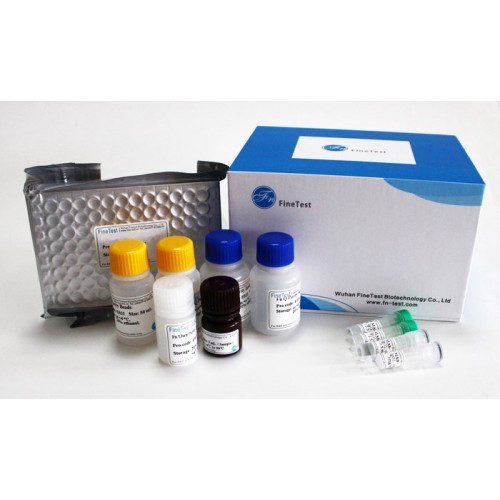Product Description
Recombinant Human Heat shock protein HSP 90-alpha (HSP90AA1), partial is available at Gentaur for Next week Delivery.
Gene Name: HSP90AA1
Alternative Names : Heat shock 86KDA;HSP 86;HSP86Lipopolysaccharide-associated protein 2;LAP-2;LPS-associated protein 2Renal carcinoma antigen NY-REN-38
Expression Region : 9-232aa
AA Sequence : DQPMEEEEVETFAFQAEIAQLMSLIINTFYSNKEIFLRELISNSSDALDKIRYESLTDPSKLDSGKELHINLIPNKQDRTLTIVDTGIGMTKADLINNLGTIAKSGTKAFMEALQAGADISMIGQFGVGFYSAYLVAEKVTVITKHNDDEQYAWESSAGGSFTVRTDTGEPMGRGTKVILHLKEDQTEYLEERRIKEIVKKHSQFIGYPITLFVEKERDKEVSD
Sequence Info : Partial
Tag Info : N-terminal 6xHis-tagged
Theoretical MW : 27.2 kDa
Storage Buffer : Tris/PBS-based buffer, 5%-50% glycerol. If the delivery form is lyophilized powder, the buffer before lyophilization is Tris/PBS-based buffer, 6% Trehalose, pH 8.0.
Endotoxin Level : Not tested-
Biological Activity : Not tested
Storage : Short term: -20°C; Long term: -80°C. Minimize freeze and thaw cycles.
Research Area : Neuroscience
Restriction : For Research Use Only. Not for use in diagnostic procedures, drug use, or for administration to humans or animals.
Relevance : Molecular chaperone that promotes the maturation, structural maintenance and proper regulation of specific target proteins involved for instance in cell cycle control and signal transduction. Undergoes a functional cycle that is linked to its ATPase activity. This cycle probably induces conformational changes in the client proteins, thereby causing their activation. Interacts dynamically with various co-chaperones that modulate its substrate recognition, ATPase cycle and chaperone function. Binds bacterial lipopolysaccharide (LPS) et mediates LPS-induced inflammatory response, including TNF secretion by monocytes.
Function : Molecular chaperone that promotes the maturation, structural maintenance and proper regulation of specific target proteins involved for instance in cell cycle control and signal transduction. Undergoes a functional cycle that is linked to its ATPase activity which is essential for its chaperone activity. This cycle probably induces conformational changes in the client proteins, thereby causing their activation. Interacts dynamically with various co-chaperones that modulate its substrate recognition, ATPase cycle and chaperone function
Involvement in disease :
Subcellular location : Nucleus, Cytoplasm, Melanosome, Cell membrane
Protein Families : Heat shock protein 90 family
Tissue Specificity :
Paythway : Estrogensignalingpathway
Uniprot ID : P07900
 Euro
Euro
 British Pound
British Pound
 US Dollar
US Dollar








